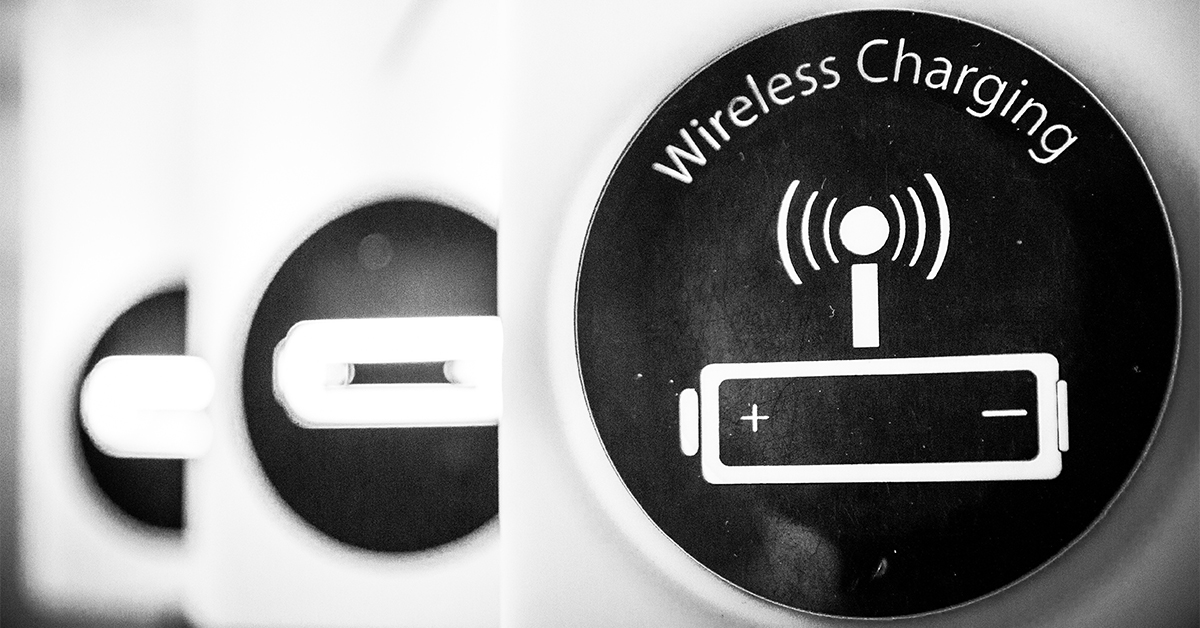
Photo by Limor Zellermayer on Unsplash
Ask yourself this: “am I using my phone too much?” If you’re like most people, chances are you’ll say “yes.” And it’s difficult not to, with so much connectivity at our fingertips and everyone doing it. But the reality is our cell phone usage today is moderate compared to what’s coming.
One big limitation that keeps us from constantly fiddling with our phones is battery life. On a full tank, we have no problem watching videos, playing games and browsing Facebook, sometimes for hours at a time. But the minute that battery meter drops below 20% we enter power-save mode. And I’m not talking about dimming the screen or switching from 4G to 3G either. No. I’m talking about literally going into power-save mode ourselves, by limiting actual usage of the phone. However, all that is about to change really soon.
A technology of ‘convenience’
A study by Juniper Research predicts that wireless charging is set to skyrocket in the next few years, with nearly 40% of households in the US and over 20% in Europe estimated to use the technology by 2020. But that’s nothing compared to what will happen outside our homes. Because more and more devices are getting equipped with inductive charging tech, infrastructure providers are starting to roll out support in a way similar to public Wi-Fi.
“…this visible infrastructure presence has a key role to play in increasing awareness of the technology, where it can be tried without committing to a purchase,” reads the report.
In other words, expect coffee tables and waiting rooms to have them. Expect public transport and planes to have them. Expect your personal car to have one. Expect sun-beds to come with a power pack to let you juice up your handset so you can keep sending out photos of your beach body.
An inevitable future
Pew Research reveals in a separate survey that 89% of cell owners used their phones during their most recent social activity with others. The survey focused on various demographics and analyzed who frowned upon the activity and who didn’t. Predictably, some people accuse the practice while others don’t. Here’s the interesting bit: those who believed using phones at social gatherings affected the conversation flow were mostly over 50 and / or owned low-end phone. The age gap needs no explanation, while low-end devices typically don’t do much so they mostly stay in our pockets. Smartphone owners, however, were much more likely to approve of this behavior – pulling out the device at social meetings.
So what does all this tell us? As wireless charging becomes ubiquitous and smartphones slowly replace feature phones entirely, few people will be able to resist the temptation of using their favorite app or social network every second of the day. The web is packed to the brim with reports about the always-on society that we live in, but research suggests that we’re just scratching the surface of what it truly means to be connected 24/7. Whether or not that’s a bad thing remains to be seen.
Post A Reply